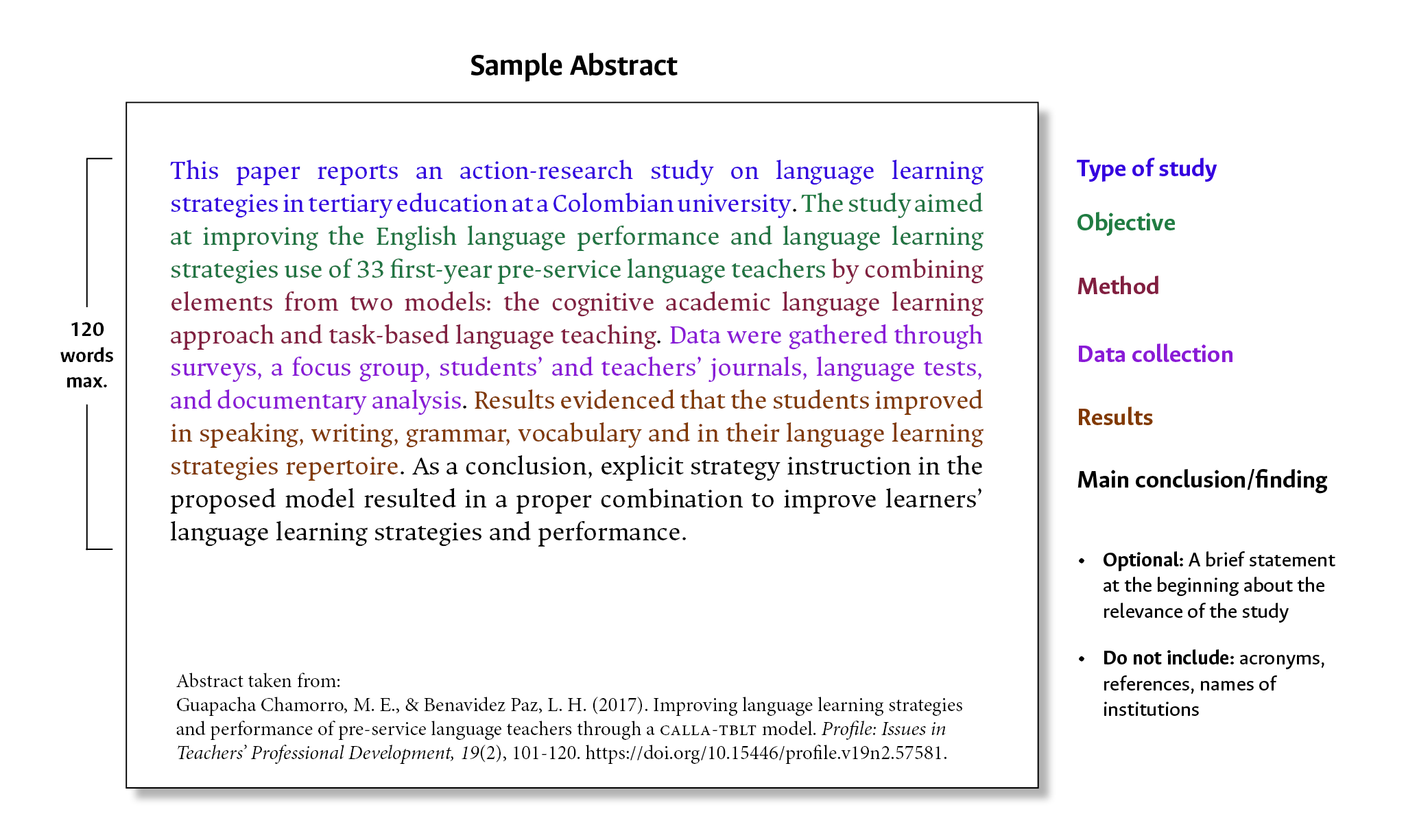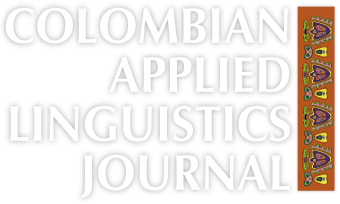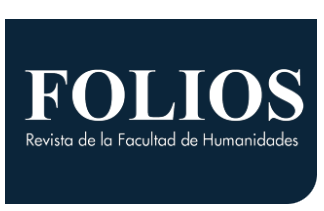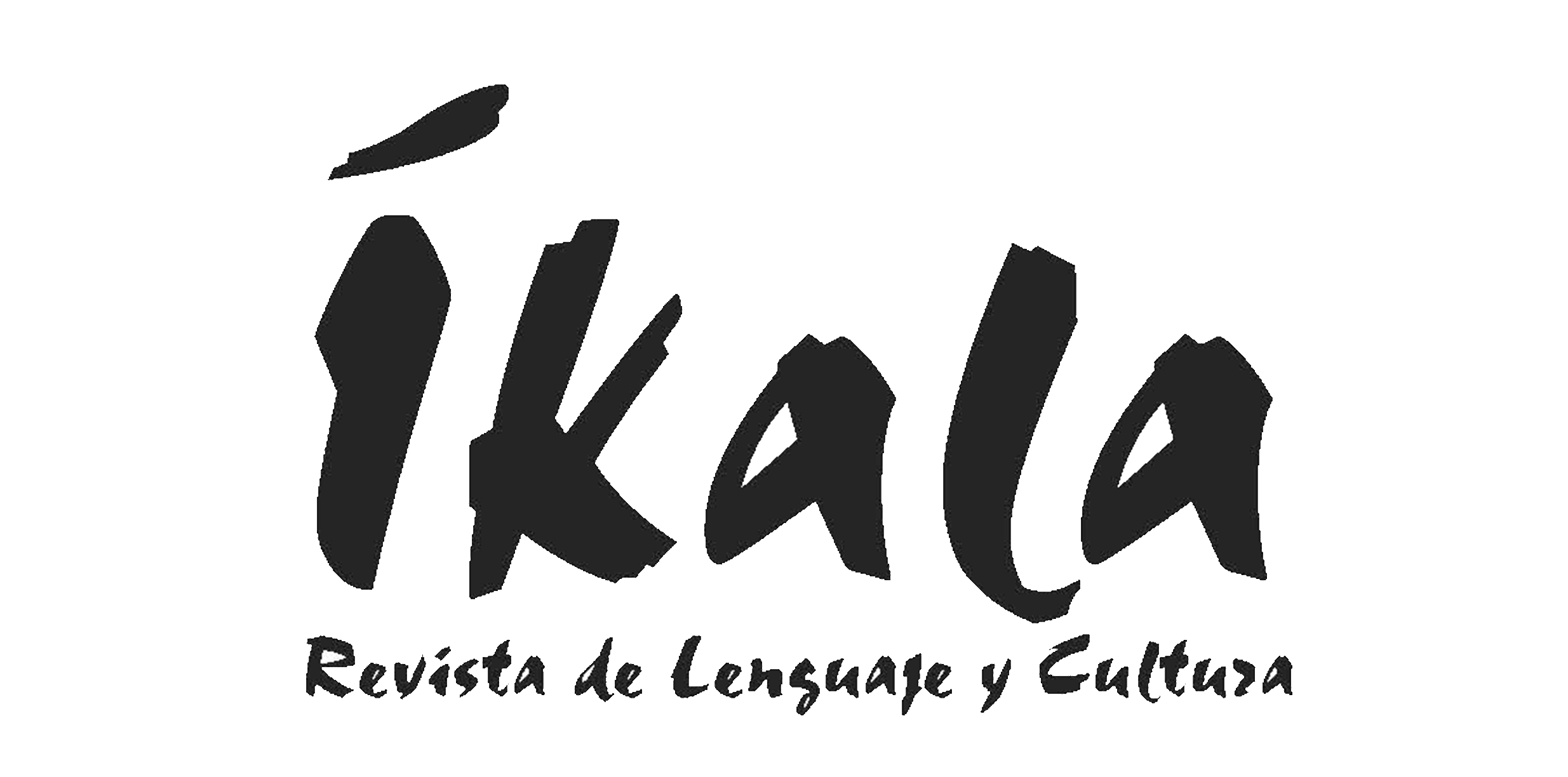Submissions
Submission Preparation Checklist
As part of the submission process, authors are required to check off their submission's compliance with all of the following items, and submissions may be returned to authors that do not adhere to these guidelines.- Format: The file is in Microsoft Word format. The manuscript is written in Times New Roman 12, single column, double space and with margins of at least three cm.
- There are no headings or author details on the margins. No author details (name/biodata) are included elsewhere in the manuscript.
- Samples and block quotations are written in Times New Roman 10 and indented at 1.25 cm.
- The submission form has been filled in.
- Abstracts: Articles must contain two abstracts (English and Spanish) of no more than 120 words each. The abstract succinctly describes the contents of the manuscript and mentions the type of manuscript, the main topics or themes, the way those topics are dealt with, the overall findings, and a preview of the conclusions.
- APA Style: The complete bibliographic information for each citation must be included in the list of references, following the American Psychological Association (APA) Style, 7th Edition.
- Plagiarism: Authors have cited all quoted material in the text. Profile will reject papers which evidence plagiarism, and its decision will be final. All references cited in the text must be in the list of references, and all works included in the references section must be cited in the text.
-
Tables, Figures, and Graphics: All Tables, Figures and Graphics used in the text have a title. Images (photographs, pictures) are sent in separate files, in high resolution, and in a standard graphic format (e.g. JPEG, PNG). Low resolution versions of the images are pasted inside the manuscript and, if necessary, permissions to reproduce the images are attached.
When possible, figures and graphs have been created using Word or Excel. Tables are not pasted as images and were created in Microsoft Word or compatible program.
- Consent form: For the publication of articles about teaching or research experiences in which subjects have participated —if applicable— authors have included a sample of the consent form signed by the participants.
- Please, do not forget to upload the required files: Manuscript, submission form, consent form (if applicable), and images.
Section Policies
Issues from Teacher Researchers
This section includes research reports (action research, case studies, narrative inquiry, etc.). Manuscripts should have an introduction, theoretical framework or literature review, method, context and participants, analysis, findings, conclusions.
Issues from Novice Teacher Researchers
This section contains manuscripts exclusively based on research conducted by new teachers as part of the monographs undertaken to get their BEd or BA degrees or for the theses to obtain a master’s degree. These manuscripts may include the tutor of the monograph or thesis as a co-author if his/her contribution in the composition of the manuscript has been significant (people who were not involved in the development of the thesis should not appear as authors of the manuscript). In this case, the main author is the one who obtained the BEd, BA, or MA degree.
Issues Based on Reflections and Innovations
This section gathers reflections about a specific topic with analytical, interpretative or critical perspectives, which are supported by different sources. Innovations include the justification, description, explanation and samples of pedagogical interventions in specific teaching fields.
This section also includes literature reviews, which should be based on a robust sample—typically around 30 works or more—to ensure comprehensiveness.
Copyright Notice
You are authorized to copy and redistribute the material in any medium or format as long as you give appropriate credit to the authors of the articles and to Profile: Issues in Teachers' Professional Development as original source of publication. The use of the material for commercial purposes is not allowed. If you remix, transform, or build upon the material, you may not distribute the modified material.
Authors retain the intellectual property of their manuscripts with the following restriction: first publication is granted to Profile: Issues in Teachers' Professional Development.
Personal Data Processing Policy
The names and email addresses entered in this website will be used exclusively for the purposes established by this journal and will not be available for any other purpose or person.













































